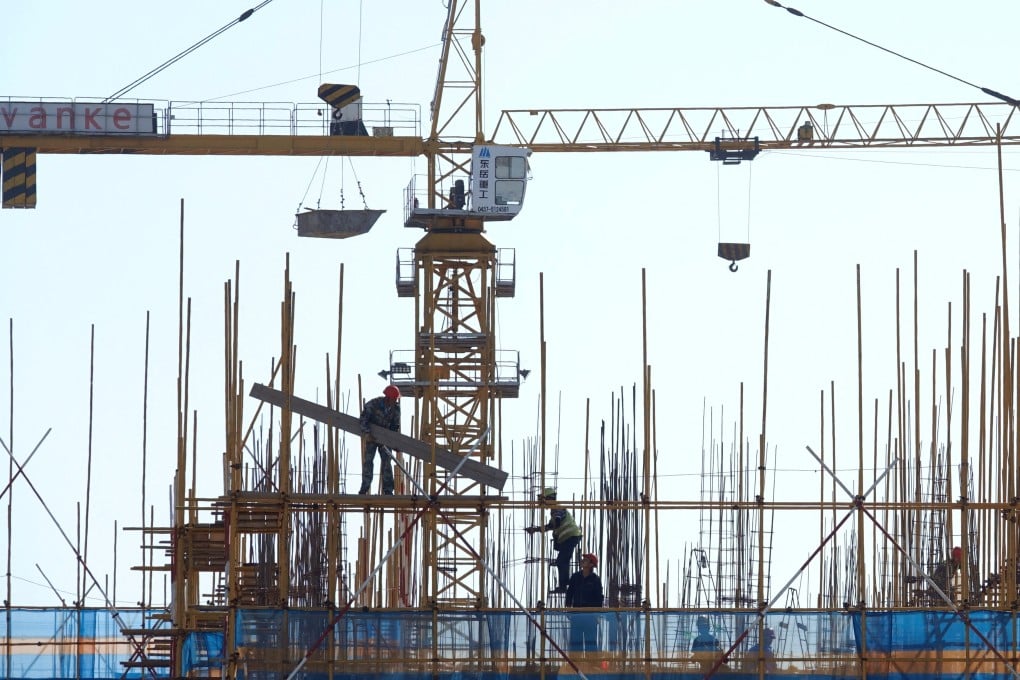Explainer | China’s financial-crisis defusing tools see biggest test in a quarter century
- From intentionally setting up ‘bad banks’ in the ’90s to more recent bank takeovers, Beijing has a deep bag of policy tools to make economic repairs
- Defusing debt crises often comes with long-term financial risks, and China’s past debt-inducing measures still haunt the nation’s economy today

China has long been proud of its ability to avoid financial upheaval like that seen in the US over the past three decades, as staving off such confidence-crippling crises is one of Beijing’s prime dictates.
Now, with the state banking system being increasingly tested by the nation’s property-market woes and local-government debt stress, we look at what China has done to mitigate the fallout, and what it has done in the past.
Establishment of big four ‘bad banks’: Late 1990s
The ironhanded premier’s solution was to split bad loans held by state-owned banks into four major asset-management companies (AMCs), sometimes referred to as “bad banks”, in 1999.
The four AMCs, including China Cinda, China Orient, China Huarong and China Great Wall, helped resolve the bad loans, paving the way for the restructuring of top Chinese banks and their later expansion to become the world’s largest and most profitable banks.